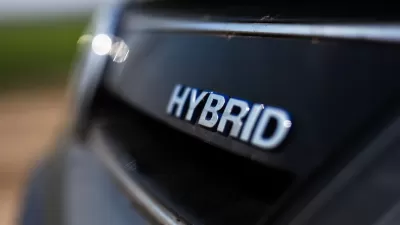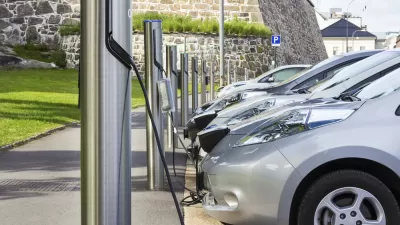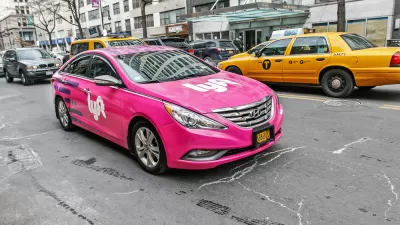In a remarkable show of cooperation between the auto industry and the administration, the two agreed upon the highest increase since the advent of fuel efficiency standards. Current standards require 35.5 mpg by 2016 - safeguards exist for problems.
One notable safeguard is the 'midpoint review' that includes evaluation of the new technology and how well they are received in the marketplace.
Environmentalists and auto manufacturers agree on the technology advancements making the tough standards achievable.
"These proposed standards can be met using well-known technologies such as better engines, lower-cost hybrids and electric cars," said Roland Hwang, transportation program director at the Natural Resources Defense Council.
"The standards are going to be quite stringent and a challenge," said Scott Becker, a senior vice president in the United States for the Japanese automaker Nissan. "But given the range of technologies that we either have currently or are developing, we will be in a position to meet them."
"The automakers are confident that they can achieve incremental goals each year, but the real test will be if costs can be lowered enough so consumers will want to buy more electric and hybrid models."
Thanks to John Hartz
FULL STORY: Carmakers Back Strict New Rules for Gas Mileage

Planetizen Federal Action Tracker
A weekly monitor of how Trump’s orders and actions are impacting planners and planning in America.

Maui's Vacation Rental Debate Turns Ugly
Verbal attacks, misinformation campaigns and fistfights plague a high-stakes debate to convert thousands of vacation rentals into long-term housing.

Restaurant Patios Were a Pandemic Win — Why Were They so Hard to Keep?
Social distancing requirements and changes in travel patterns prompted cities to pilot new uses for street and sidewalk space. Then it got complicated.

In California Battle of Housing vs. Environment, Housing Just Won
A new state law significantly limits the power of CEQA, an environmental review law that served as a powerful tool for blocking new development.

Boulder Eliminates Parking Minimums Citywide
Officials estimate the cost of building a single underground parking space at up to $100,000.

Orange County, Florida Adopts Largest US “Sprawl Repair” Code
The ‘Orange Code’ seeks to rectify decades of sprawl-inducing, car-oriented development.
Urban Design for Planners 1: Software Tools
This six-course series explores essential urban design concepts using open source software and equips planners with the tools they need to participate fully in the urban design process.
Planning for Universal Design
Learn the tools for implementing Universal Design in planning regulations.
Heyer Gruel & Associates PA
JM Goldson LLC
Custer County Colorado
City of Camden Redevelopment Agency
City of Astoria
Transportation Research & Education Center (TREC) at Portland State University
Jefferson Parish Government
Camden Redevelopment Agency
City of Claremont





























